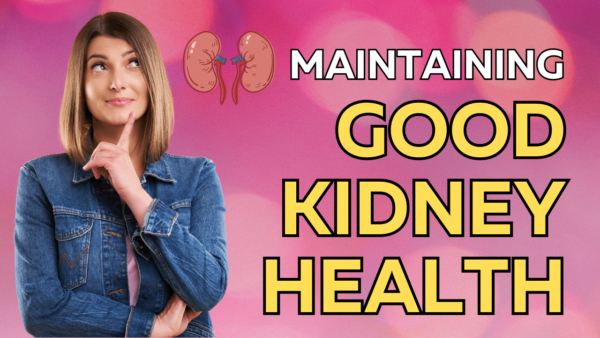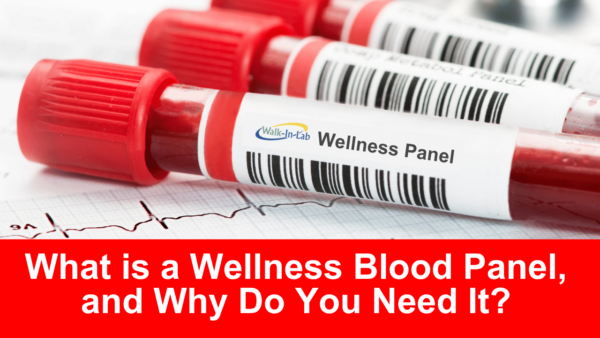Did you know that heart disease is the leading cause of death for Americans. It kills more women and men each year than all types of cancer combined. While men and women share many factors and symptoms, there are differences between the sexes in regards to heart health that are easily and often overlooked, resulting in the preventable deaths of many women.
What is Heart Disease?
The definition of heart disease from the American Heart Association, “Heart and blood vessel disease — also called heart disease — includes numerous problems, many of which are related to a process called atherosclerosis. Atherosclerosis is a condition that develops when a substance called plaque builds up in the walls of the arteries. This buildup narrows the arteries, making it harder for blood to flow through. If a blood clot forms, it can stop the blood flow. This can cause a heart attack or stroke.” Coronary artery disease (CAD) is when the arteries leading to your heart are partially blocked by a build-up of plaque.
How Heart Disease is Different for Men and Women?
In an interview with Everyday Health, Cardiologist Holly Andersen, MD, director of education and outreach at the Ronald O. Perelman Heart Institute explains how women’s hearts are different from men’s hearts. “It’s important to know that women’s hearts are a little smaller, with smaller arteries. Their heart rates are faster at rest and during sleep. It’s not just estrogen. We all get stuck on that. But we are different in our chromosomes and in every cell of our bodies.”
Because women have smaller hearts, breast tissue and smaller blood vessels, the accuracy of common CAD imaging tests, leading to higher rates of false-positive† test results. In addition to the higher risk of fatality from untreated CAD, there is also greater risk from developing cancer from repeated testing that involves radiation. According to Spread the Word, an organization created to raise awareness about the challenges of determining whether or not a woman’s symptoms may be due to coronary artery disease (CAD), women “often undergo multiple and sometimes unnecessary repeat tests. This prolonged testing pathway can expose female patients, who are already at greater risk of side effects and complications than men, to additional tests and their associated risks. For instance, breast tissue in women can be more susceptible to damage caused by radiation, which can increase the risk of cancer.”
Spread the Word recommends that patients discuss radiation testing with doctors to make sure they are not over exposed, “The radiation exposure you receive from one nuclear stress test (a common X-ray test for CAD) alone can be equivalent to 39 mammograms, or approximately 13.6 years worth of natural radiation.”
Silent Symptoms of Coronary Artery Disease in Women
Signs of heart disease can be overlooked or “silent” because women often experience subtle symptoms that could be misinterpreted as something else less serious, like the flu.
Symptoms of Coronary Artery Disease (CAD):
- Chest pain or discomfort
- Shortness of breath
- Generalized weakness, fatigue, dizziness, or lightheadedness that comes on suddenly
- Nausea with or without vomiting
- Heartburn, indigestion or abdominal discomfort
- Awareness of heartbeat (palpitations)
- Tightness, pressure or pain in the throat, jaw, shoulder, abdomen, back, or arm
- A burning sensation in the upper body
What You Can Do To Reduce Your Chances of Dying from a Heart Attack?
Being proactive for your heart health is a three pronged approach: Talk, Be Heart Healthy, Test.
1. Talk.
Discuss your risk factors and possible symptoms with your health care professional. Risk Factors for Heart Disease (National Institutes of Health)
- Age
- Menopause or hysterectomy
- Having a family history of early heart disease
- High blood pressure
- High blood cholesterol
- Diabetes and prediabetes
- Smoking
- Being overweight or obese
- Being physically inactive
- Having a history of preeclampsia during pregnancy
- Unhealthy diet
2. Be Heart Healthy.
Discuss your heart health goals with your health care professional and together you can construct a diet, exercise and stress management plan that best suits your individual needs. Here are some wonderful heart healthy resources:
3. Test.
Regular health screenings are crucial for maintaining optimal health and living your best life.
The American Heart Association recommends regular cardiovascular screening tests to begin at age 20 including: blood pressure every two years at age 20, lipoprotein profile taken every four to six years at age 20, body mass index (BMI) every visit at age 20, blood glucose level checked at least every three years at age 45,
Go Spread the Word recommends a sex-specific blood test that takes into account the cardiovascular differences between women and men to help doctors rule out obstructive CAD.
The Mayo Clinic recommends the following blood tests: Cholesterol test (also known as lipid panel or lipid profile), C-reactive protein (CRP Blood Test), Fibrinogen, Lipoprotein (a), Natriuretic peptides (also known as Brain natriuretic peptide or BNP).
Walk-in Lab recommends the Top 12 Important Blood Test Panel for Women which includes:
- Complete Blood Count (CBC)
- Comprehensive Metabolic Panel (CMP – 14)
- Testosterone Free Direct with Total Testosterone
- Dehydroepiandrosterone (DHEA) Sulfate
- Estradiol
- Hemoglobin A1c
- C-Reactive Protein (CRP)
- Fibrinogen
- Homocyst(e)ine Plasma
- Thyroid-stimulating Hormone (TSH)
- Lipid Panel With Total Cholesterol:HDL Ratio
- Vitamin D 25-hydroxy
Click here for more information on the Top 12 Important Blood Test for Women.

